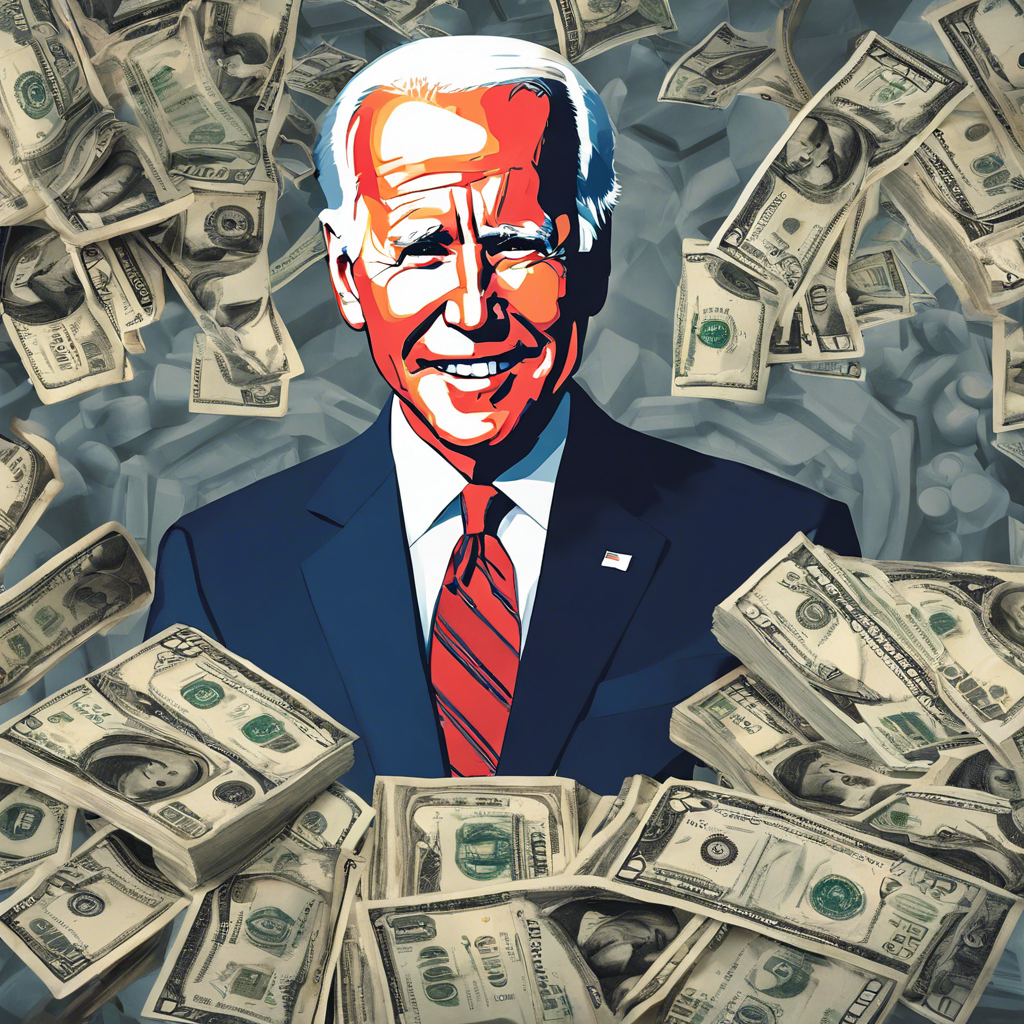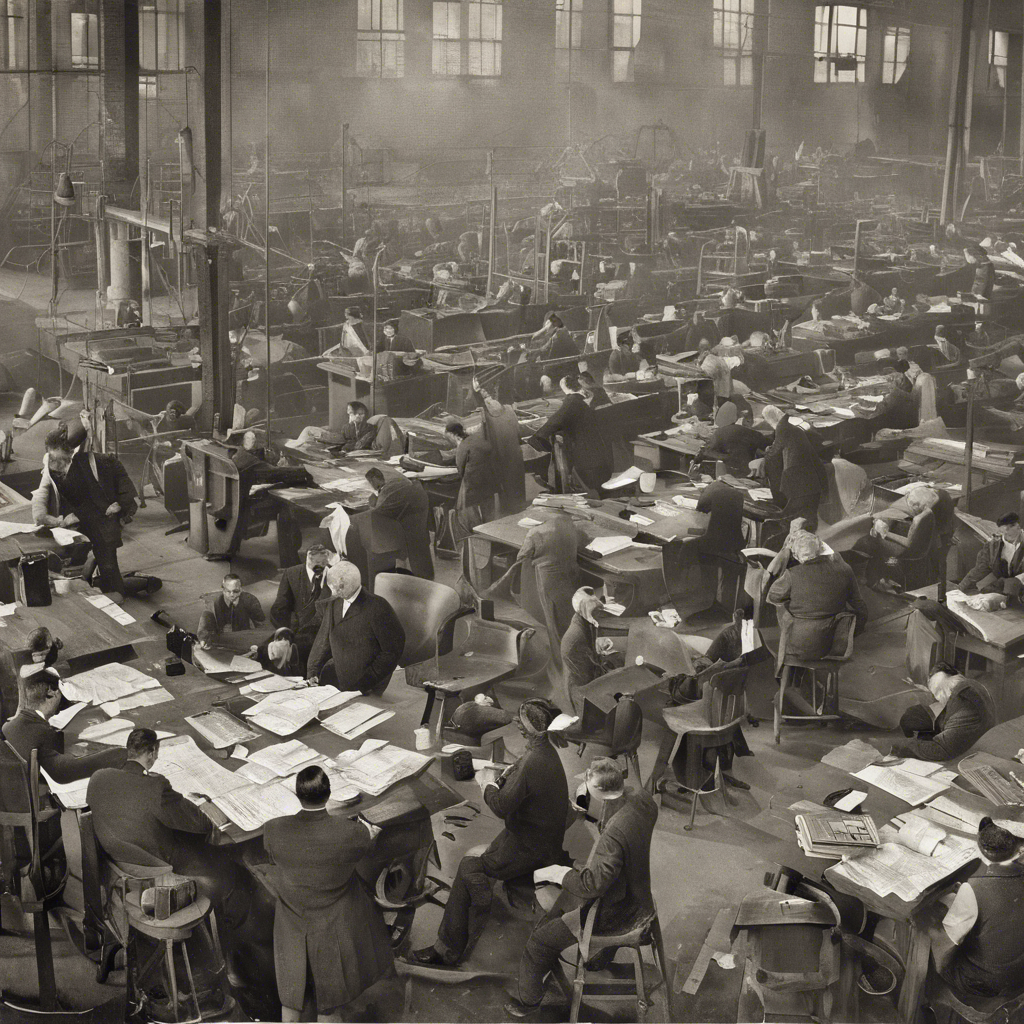The New Economics of Industrial Policy: Understanding the Rise of ‘Bidenomics’

Exploring the Definition, Rationale, and Evaluation of Industrial Policy
The economic policies of the Biden administration, collectively known as ‘Bidenomics,’ have brought industrial policy into the spotlight. With the passage of key legislations like the Infrastructure Investment and Jobs Act, Creating Helpful Incentives to Produce Semiconductors Act, and Inflation Reduction Act, industrial policy has become a central focus of economic discussions. This resurgence of interest in industrial policy has prompted a deeper exploration of its definition, measurement, and evaluation. A new field of research, known as the New Economics of Industrial Policy, is shedding light on these complex policies and providing valuable insights.
Defining Industrial Policy:
Industrial policy refers to government policies that specifically target the transformation of economic activity to achieve certain public goals. These policies are selective, focusing on specific sectors or activities while intentionally aiming to change the structure of the economy. Industrial policy encompasses various forms of intervention, including sectoral support, research and development (R&D) funding, and export promotion. The goals of industrial policy have evolved over time, now encompassing climate objectives, job creation, supply chain resilience, national security, and more.
The Rationale for Intervention:
The economic rationale for industrial policy can be categorized into three main areas. First, market failures, such as positive externalities, justify government intervention when the market fails to provide enough of a positive activity, such as modern manufacturing or green energy. Second, coordination failures arise when a desirable activity is only profitable if everyone else is also engaged in it. Finally, industrial policy may involve providing public inputs that are necessary for certain activities but are considered public goods, such as charging infrastructure for electric vehicles. However, critics often raise concerns about information problems and political capture, which can hinder the effectiveness of industrial policy.
Evaluating Industrial Policies:
Evaluating the efficacy of industrial policies presents several empirical challenges. Distinguishing between rent-seeking governments and technocratic ones is difficult using observational data alone. Additionally, evaluating the random allocation of industrial policy may not fully capture the practical challenges associated with implementation. However, recent research has made significant progress in evaluating industrial policy using innovative methods.
The Findings of the New Economics of Industrial Policy:
Studies focusing on different types of industrial policy, such as infant industry promotion, public R&D efforts, and place-based policies, have provided valuable insights. Evaluations of infant industry promotion in technological follower countries have shown increased activity in targeted sectors. The Heavy-Chemical Industry Drive in South Korea exemplifies how industrial policy can lead to a drastic shift in comparative advantage. Research on public R&D efforts during times of national crisis has demonstrated their potential for large-scale local and aggregate effects. Place-based industrial policies have also shown positive outcomes in lagging and declining regions, leading to local structural transformation and income gains.
Learning from the East Asian Miracle:
The East Asian economic miracle, particularly South Korea’s Heavy-Chemical Industry Drive, has been a focal point for studying the efficacy of industrial policy. Recent studies have provided evidence of policy-induced growth and export development in targeted industries, along with long-term welfare gains. However, concerns about increasing misallocation in the economy have been raised.
The Credibility Revolution in Industrial Policy Research:
The emerging field of the New Economics of Industrial Policy is making significant strides in understanding and evaluating industrial policy. While reduced-form methods have been informative, a full efficiency evaluation requires the development of models. Future research should address these challenges and build on careful empirical work to inform industrial policy decisions on a case-by-case basis.
Conclusion:
Industrial policy has regained prominence in economic policy discussions, with ‘Bidenomics’ leading the way. The New Economics of Industrial Policy is shedding light on the effectiveness and design of industrial policies. While challenges remain in evaluating these policies, recent research has provided valuable insights into their impact. By studying industrial policy, economists can contribute to improving its implementation and effectiveness, leading to more informed policy decisions in the future.










